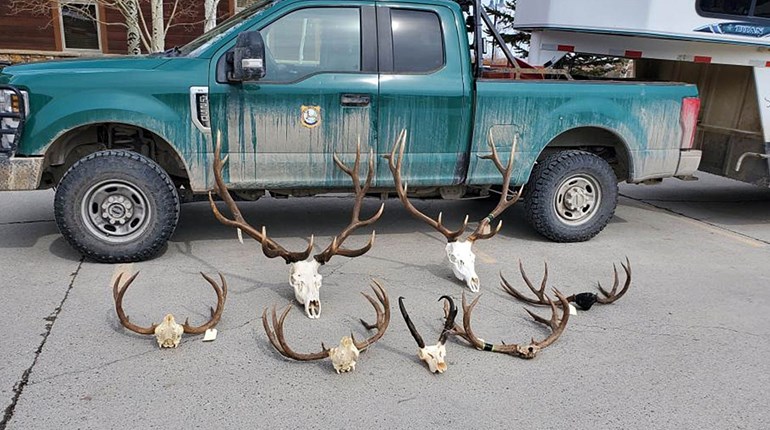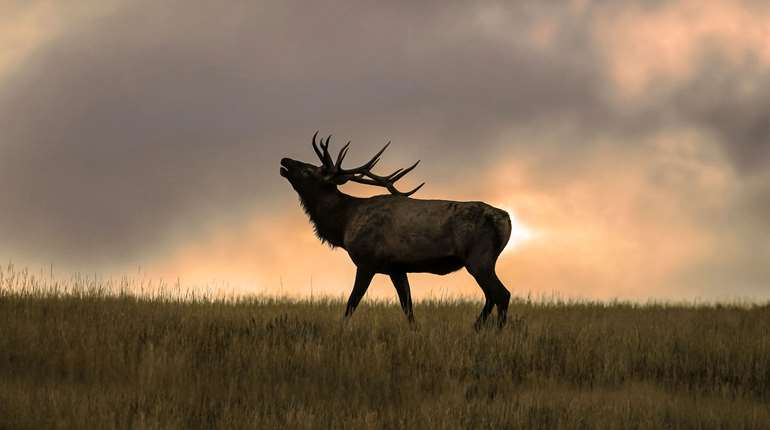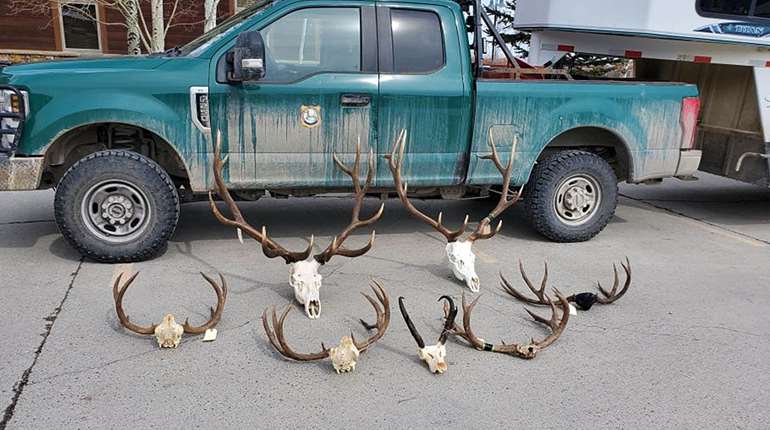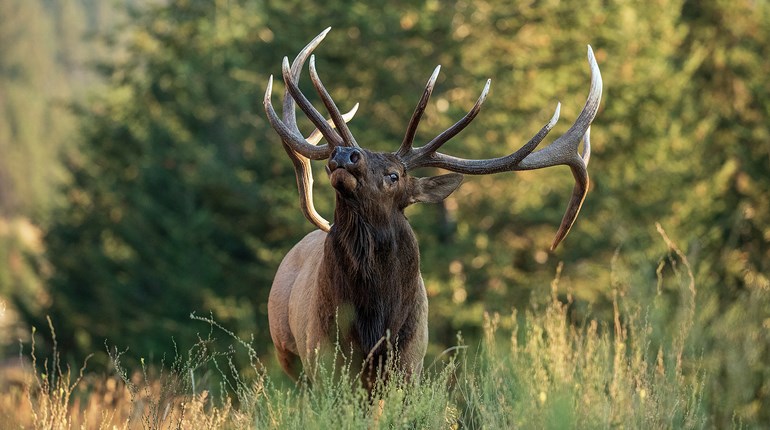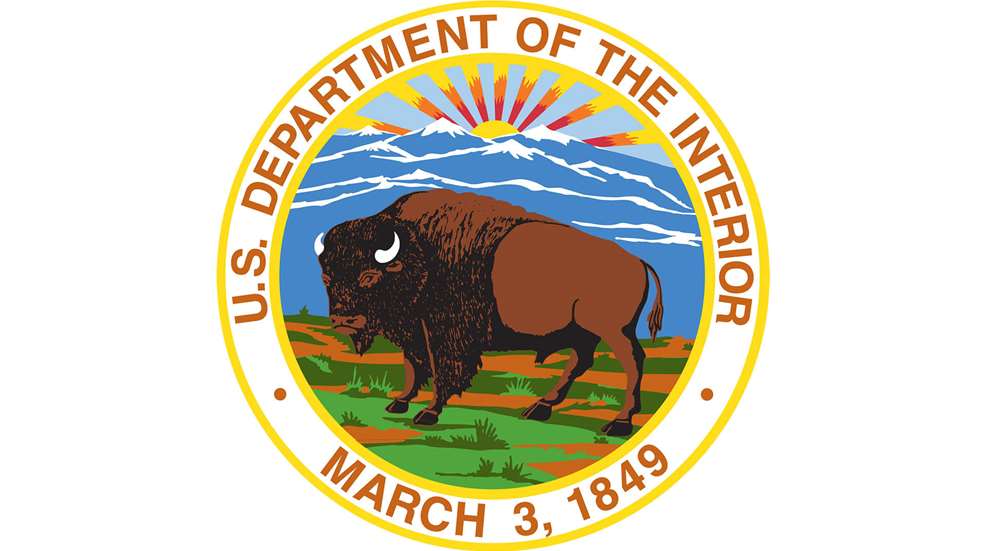
U.S. Secretary of the Interior Doug Burgum announced 42 new proposed hunting opportunities across more than 87,000 acres within the National Wildlife Refuge System and National Fish Hatchery System in early May. This proposal would more than triple the number of opportunities and quintuple the number of stations opened or expanded compared to the previous administration.
“Expanding recreational access to our public lands isn’t just about tradition—it’s about supporting rural economies and the American families who depend on them,” said Sec. Burgum said. “By opening more areas to hunting and outdoor recreation, we’re helping drive tourism, create jobs, and generate revenue for local communities, all while promoting responsible stewardship of our natural resources.”
The Service is proposing to open or expand opportunities for hunting and sport fishing at 16 National Wildlife Refuge System stations and one National Fish Hatchery System station. They are located in Alabama, California, Idaho, Maine, Maryland, Massachusetts, Michigan, Montana, North Carolina, Texas and Washington.
“Hunting and fishing are traditional recreational activities deeply rooted in America’s heritage. National wildlife refuges, national fish hatcheries and other Service lands offer hunting and fishing access that helps boost local economies and gives Americans an opportunity to unplug,” said Fish and Wildlife Service Acting Director Paul Souza. “We are pleased to expand access and offer new opportunities that are compatible with our conservation mission and are committed to responsibly managing these areas for the benefit of future generations.”
Proposed new opportunities from these openings and expansions include the first-ever opening of hunting on the newly established Southern Maryland Woodlands National Wildlife Refuge in Maryland and the inaugural opening of sport fishing at North Attleboro National Fish Hatchery in Massachusetts. In addition, at the request of the State of Minnesota and the White Earth Nation, Tamarac National Wildlife Refuge proposes to end an experimental five-day early teal hunt where the refuge overlaps with tribal land to ensure safety for wild-rice harvesting and to align with state regulations. The regular teal season remains unchanged.
The Service will publish the proposal for public comment in the Federal Register. The Service intends to finalize the proposed changes in time for the upcoming 2025-2026 hunting seasons.
The National Wildlife Refuge System is a network of 573 national wildlife refuges and 38 wetland management districts. There is a national wildlife refuge within an hour’s drive of most major metropolitan areas. More than 69 million Americans visit refuges every year.












